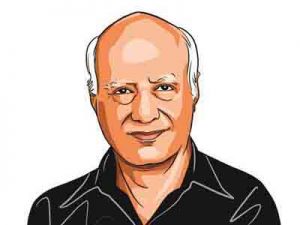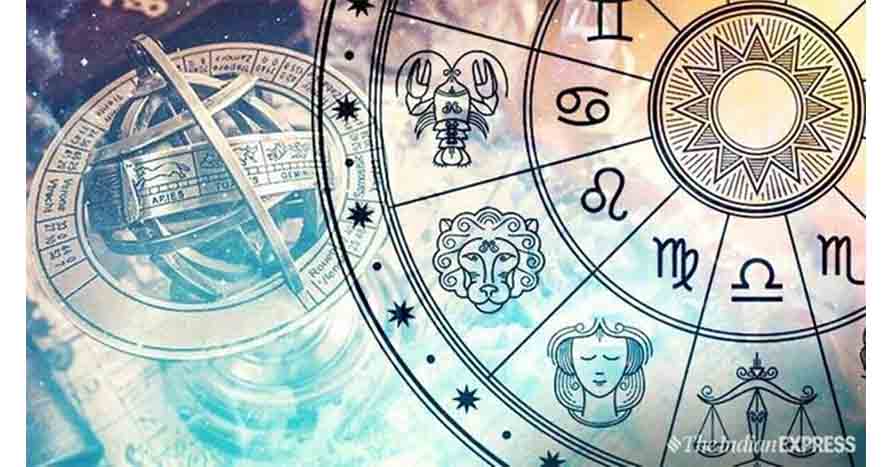IGNOU’s new astrology course points to a split personality, rings a warning bell

Prof. Rajesh Kochhar
Formerly Director of National Institute of Science, Technology and Development Studies (CSIR)
The Indira Gandhi National Open University (IGNOU) has just introduced a two-year MA in astrology. All along we have been telling high school students that the earth is just a planet, while the sun is a star, millions of kilometres distant. Now at the MA level, we will be teaching them that the sun goes around the earth and is at par with the moon.
Of the 1,000-odd universities in India, about 20 offer courses in astrology. The Banaras Hindu University has several departments related to Sanskrit where astrology courses are conducted. But, then it came up at a different time and in a different milieu. In the post-Independence era, IGNOU is the first well-regarded mainstream university to patronise astrology.
Astrology needs to be discussed at two levels: In the context of modern astronomy, and within its own framework. Astrology is a creation of the time when the human perception of the universe was based on the principle that seeing is believing. The universe was assumed to be centred on the earth and human beings. There was no concept of the depth of the sky; it was seen as a tapestry and the star patterns on it were taken to be physically significant. Most importantly, it was assumed that the movements in the sky carried divine signals. If what we know of the cosmos today had been known 2,000 years ago, astrology as we know it would not have come into being. The popularity of astrology does not legitimise it nor does its antiquity sanctify it.
Of late, India has developed a split personality. On the one hand, we are proud of our IITs and world-class space and missile programmes. We want our universities to figure prominently in world lists, and we want our scientists to win the Nobel Prize. At the same time, we are developing an unhealthy obsession with ancient India. In 1862, Bapu Deva Sastri, the most outstanding astronomy scholar of his time, publicly declared that ancient Indian astronomy should be upgraded in the light of modern developments. We can be justly proud of our ancient scientific accomplishments. They, however, should not be seen as “our” science versus “their” science, but as intermediary stages in the development of world science. Many famous mathematical equations were first formulated and solved by Indian astronomers in the context of the calculation of planetary orbits.
It is important to use terms in their correct sense. There is a tendency to use the phrase Vedic astronomy very loosely, as an umbrella term for astronomy in pre-Islamic times. It should be distinguished from its successor Siddhantic astronomy which came into effect in the 6th century CE. Vedic astronomy talks of 27 or 28 stars/star groups known as nakshatras and uses them to mark the position of geocentric planets and comets, etc. Zodiac signs, weekdays and the present-day Vikrami calendar, which are integral parts of Siddhantic astronomy, and the astrological system based on it, do not figure in Vedic astronomy.
There is a semi-articulated sense of inadequacy while discussing astrology. Jiwaji University, Gwalior, declares that jyotirvigyan “will add a new dimension for research in the fields of Hindu mathematics, Vastushastra, meteorological studies, agriculture science, space science, etc.” This is a dishonest attempt to lead impressionable minds into believing that the science of 1,500 years ago can be relevant for modern disciplines like space science.
IGNOU promises that its astrology course will create employment opportunities. This is probably true, but is it desirable? Recognised educational institutions, especially those owned by the government, should equip their students for productive and enlightened roles in the world of today and tomorrow. Our education system should not propagate bogus and discredited ideas and train the students to cash in on other people’s insecurities.
If the state wants to see India make a name for itself in global science and technology, it must not be seen as supporting pseudo-science.
Courtesy: ‘The Indian Express’





